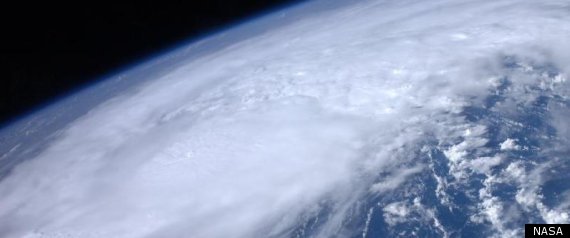For LEED Consultancy / IGBC Certifications, Green Building Design, Green Homes, Green Factory Buildings, Green SEZs, Green Townships & Energy Audits - www.greentekindika.com
History.com/The Huffington Post First Posted: 8/25/11 03:29 PM ET Updated: 8/26/11 12:01 PM ET.

History.com - As Hurricane Irene continues to batter the Bahamas and churn toward the northeastern United States, some may be wondering why this menacing swirl of peril goes by such an innocuous name. Why do we bestow people’s names on volatile storms in the first place? Find out more about the history of hurricane nomenclature and how it’s changed over the years.
For as long as people have been tracking and reporting hurricanes, also known as tropical cyclones, they’ve been struggling to find ways to identify them. Until well into the 20th century, newspapers and forecasters in the United States devised names for storms that referenced their time period, geographic location or intensity; hence, the Great Hurricane of 1722, the Galveston Storm of 1900, the Labor Day Hurricane of 1935 and the Big Blow of 1913. Meanwhile, hurricanes in the tempestuous West Indies were named for the Catholic saint’s days on which they made landfall.
The pioneering Australian weatherman Clement Wragge began assigning names to tropical cyclones in the late 19th century, initially using the letters of the Greek alphabet and characters from Greek and Roman mythology. An eccentric and playful fellow, he later turned to the names of local politicians he particularly disliked; as a result, he was able to state in public forecasts that the officials were “causing great distress” or “wandering aimlessly about the Pacific.” Needless to say, Wragge’s subtly hostile approach didn’t take the meteorology profession by storm.
Courtesy,
No comments:
Post a Comment